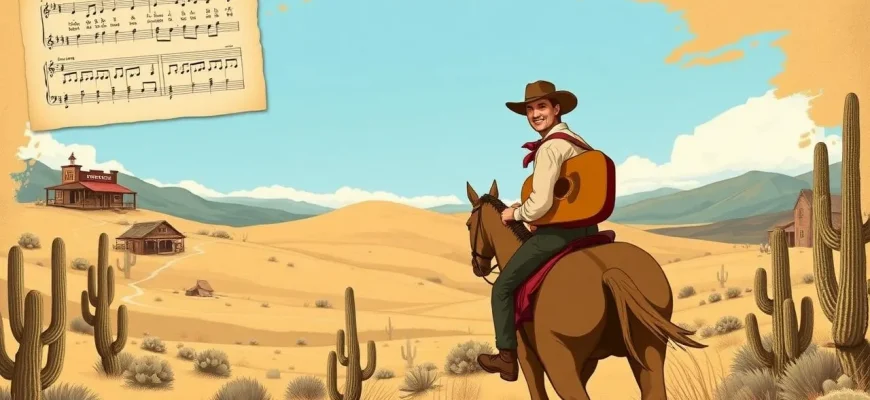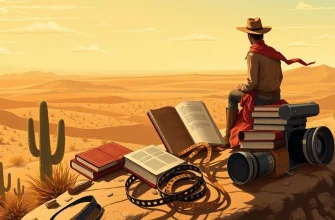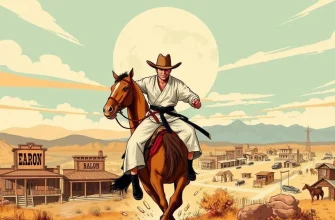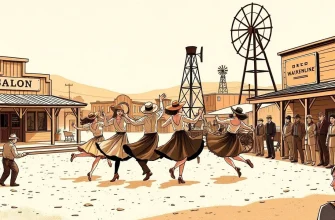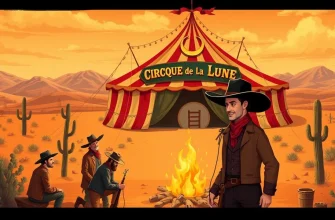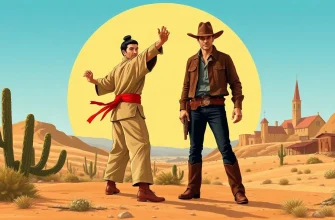The Western genre has often been paired with music, creating a unique sub-genre that blends the rugged landscapes of the Wild West with the soulful tunes of country, folk, and even rock. This curated list of 10 films showcases the harmonious marriage of Western storytelling with musical elements, providing viewers with a rich tapestry of cinematic experiences. Whether it's through a character's journey, the setting, or the plot itself, these films highlight how music can enhance the narrative, making them a must-watch for enthusiasts of both genres.
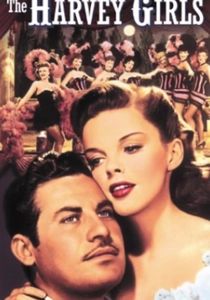
The Harvey Girls (1946)
Description: This film tells the story of waitresses in the Old West, featuring Judy Garland in a role that showcases her singing abilities amidst Western themes.
Fact: The film was originally conceived as a vehicle for Garland to showcase her talents in a new light.
 Watch Now
Watch Now
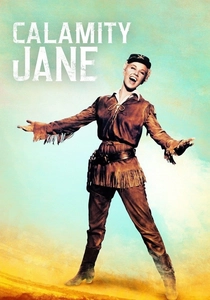
Calamity Jane (1953)
Description: This film features the legendary Wild West figure Calamity Jane, with a focus on her singing and dancing, blending Western adventure with musical numbers.
Fact: Doris Day, who played Calamity Jane, was known for her singing talent, making her a perfect fit for the role.
 Watch Now
Watch Now
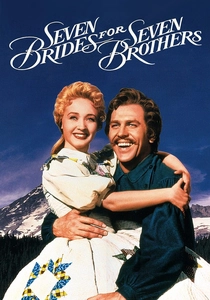
Seven Brides for Seven Brothers (1954)
Description: Set in the Oregon wilderness, this musical tells the story of seven brothers who kidnap six women to be their brides, all set to lively tunes and dances.
Fact: The film's barn dance sequence was filmed in one continuous take, showcasing the actors' dance skills.
 Watch Now
Watch Now

Oklahoma! (1955)
Description: Although not strictly a Western, "Oklahoma!" captures the spirit of the frontier with its story of farmers and cowboys, all set to Rodgers and Hammerstein's iconic score.
Fact: The film was shot in Todd-AO, a widescreen film format, to capture the vastness of the Oklahoma landscape.
 Watch Now
Watch Now
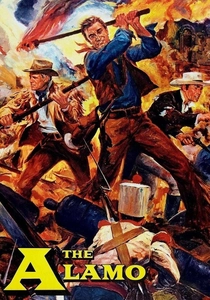
The Alamo (1960)
Description: This epic Western includes musical elements with its score by Dimitri Tiomkin, which features traditional Mexican and American folk tunes.
Fact: John Wayne, who directed and starred in the film, was passionate about the historical accuracy of the Alamo's portrayal.
 Watch Now
Watch Now

The Man Who Shot Liberty Valance (1962)
Description: While primarily a Western, the film's score by Cyril J. Mockridge includes a memorable song, "The Man Who Shot Liberty Valance," sung by Gene Pitney.
Fact: The song was released before the film and became a hit, influencing the film's marketing.
 Watch Now
Watch Now
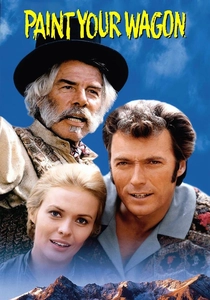
Paint Your Wagon (1969)
Description: This film combines the classic Western setting with a musical twist, featuring miners and their quest for gold, all set to memorable songs. It's a unique blend of comedy, drama, and music.
Fact: The film was originally intended to be a straight Western but was later adapted into a musical. Clint Eastwood, known for his Western roles, sang in this movie.
 Watch Now
Watch Now
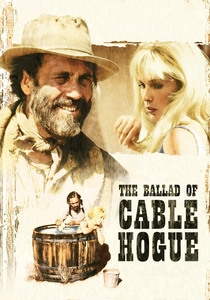
The Ballad of Cable Hogue (1970)
Description: This film by Sam Peckinpah features a prospector's journey set to a folk-inspired soundtrack, blending Western themes with a musical narrative.
Fact: The film's title song was written by Richard Gillis, and the movie's score was composed by Jerry Goldsmith.
 Watch Now
Watch Now
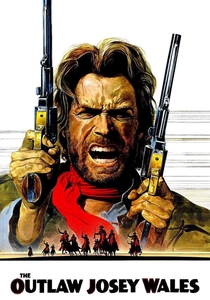
The Outlaw Josey Wales (1976)
Description: Although not a musical, the film's score by Jerry Fielding includes elements of folk music, enhancing the Western atmosphere.
Fact: The film was one of the first Westerns to use a more realistic portrayal of Native Americans.
 Watch Now
Watch Now
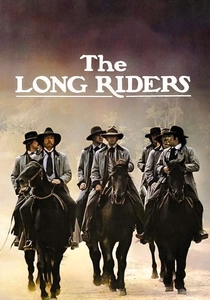
The Long Riders (1980)
Description: While not a musical in the traditional sense, this film about the James-Younger gang features a soundtrack by Ry Cooder that captures the essence of the era's music.
Fact: Real-life brothers played the brothers in the gang, adding authenticity to the film.
 Watch Now
Watch Now

